Many professionals use microphones as an essential tool for their job, including musicians, public speakers, podcasters, and broadcasters. However, microphones can pose a risk of contamination if they are not properly cleaned and disinfected. In this blog, we will explore the risks of contaminated microphones and how to prevent them.
Risk of contaminated microphones
First and foremost, contaminated microphones can spread harmful bacteria or viruses, like the flu or other diseases. This is particularly concerning in settings where multiple people may be using the same microphone, such as in recording studios, theaters, and conference rooms. In addition, microphones can harbor allergens and irritants that can trigger respiratory issues for those who are sensitive.
Contaminated microphones can also compromise the quality of the sound. Dirt, grime, and debris can accumulate in the inner foam of the microphone or on the grille, which can affect the clarity of the recording. Additionally, if moisture or liquids are present, it can damage the microphone’s sensitive components.
How the flu virus works
Influenza viruses travel through the air in droplets when someone who has the infection coughs, sneezes, or talks. You can inhale the droplets directly. You can also come into contact with the virus through an object, such as a phone or computer keyboard, and then transfer it to your eyes, nose, or mouth.
People who have the virus are likely to be contagious from about the day before symptoms appear until four days after they start. Children and people with weakened immune systems may be contagious for a little longer.
To prevent the risks associated with contaminated microphones, it is essential to practice good hygiene and regularly clean and sanitize your microphones. Here are some best practices to follow:
- Use a windscreen: A windscreen is a foam cover that fits over the microphone’s head and protects it from airborne contaminants, such as saliva and sweat.
- Wipe down the microphone: After each use, use a microfiber cloth to clean the microphone’s surface.
- Deep clean and disinfect the microphone: Depending on the frequency of use, it may be necessary to perform a more thorough cleaning of the microphone. This can be done by gently removing the microphone head and cleaning it with a mild soap solution. Be sure to consult the manufacturer’s instructions before attempting any deep cleaning.
- Everytime you hand over the microphone to a new user, disinfect the microphone by using Li.LAC.
Li.LAC allows fast, simple and scientifically verified disinfection of handheld microphones and transmitters, as well as headset and lapel mics through uv-c light. - Store the microphone properly: When not in use, store the microphone in a clean, dry, and dust-free environment.
Contaminated microphones pose a risk to both health and the quality of sound recordings. By following proper cleaning, hygiene and maintenance protocols, you can help ensure the safety and effectiveness of your microphones. Remember, prevention is key, so take the necessary steps to protect your equipment and those who use it.
Visit Li.LAC’s website to learn more about how to disinfect your microphone properly and keep them clean and safe for your clients.

